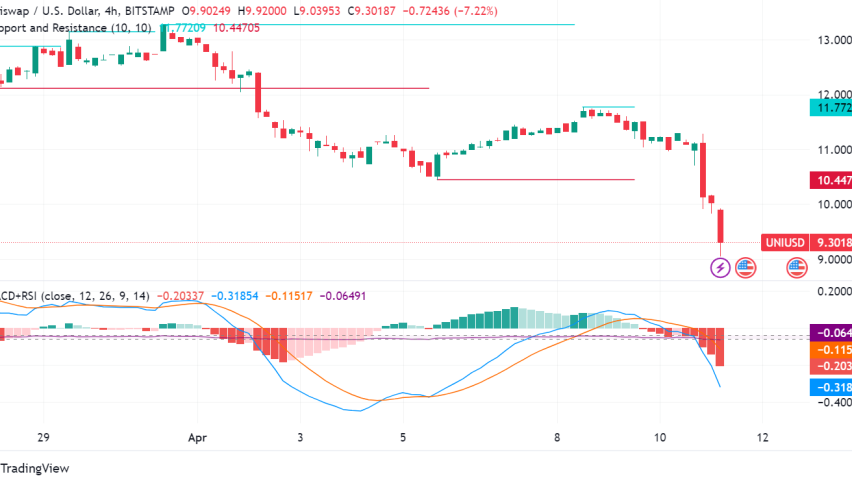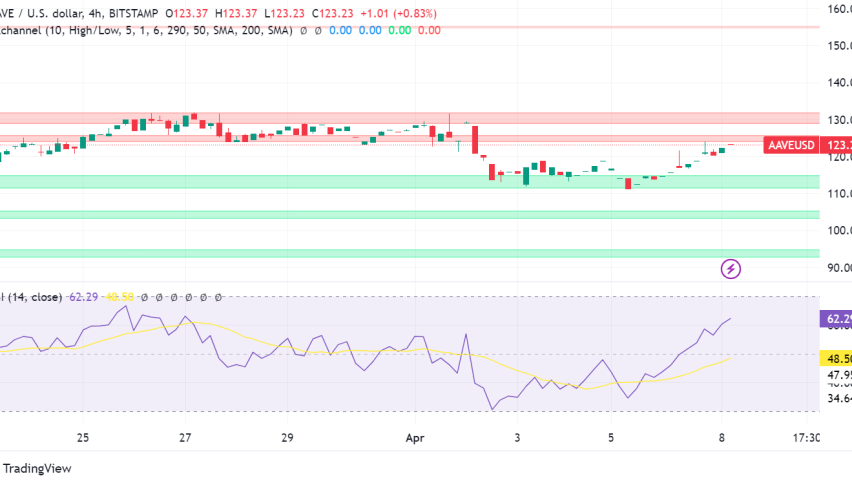
Yield farming is basically a decentralized finance (DeFi) investment strategy that optimizes your existing cryptocurrencies by investing them in places that offer higher interest rates than traditional financial instruments.
The term “yield” is another way of saying “interest” or “returns”, or in other words, the money you get for investing in any financial instrument. “Farming” on the other hand, equates investment and financial growth with how crops are grown on a farm. Combined, “Yield Farming” means looking for the highest interest-yielding financial instrument that would help you grow your cryptocurrency portfolio through passive income.
How does yield farming work?
There are five possible ways to do yield farming.
1. Liquidity Providers
This is a process by which an investor lends capital or “liquidity” to a decentralized exchange for a period of time. In turn, the exchange collects small transaction fees from each transaction made on their platform, and a portion of this is given to the investors that initially lent them their cryptocurrency, in the form of interest, in return for providing the capital. This is commonly done by providing liquidity pairs to the exchange (example: AXS/BNB, CAKE/USDT, ADA/BUSD).
2. Lending
Firstly, certain cryptocurrency lending platforms offer rewards to anyone who lends their cryptocurrency to them. They offer considerably higher yields for deposits than most traditional banks do.
3. Borrowing
Borrowing, also known as “crypto-backed loans” is the exact opposite of lending. For example, you initially have Bitcoin (BTC) in your wallet. Some platforms allow you to borrow or take out a loan with your Bitcoin (BTC) as collateral. (Take note that most crypto-backed loans are overcollateralized.)
Why would you do this? Well, if you believe that the price of Bitcoin (BTC) will go up, you can lock it up as collateral, so that you can take out a stable coin loan. You can then use the stable coin money for other investments, while your Bitcoin remains locked up, as it appreciates in value. Then, when you are ready to redeem your Bitcoin (BTC), all you have to do is to return the borrowed stable coins, and you get your original locked-in Bitcoins back, plus the additional appreciated value. This is another form of yield farming.
4. Staking
Staking is the process by which you are also able to gain rewards on cryptocurrencies that you own, specifically those that use the proof-of-stake model for validating and processing their network transactions.
Staking involves creating a staking node, which is very technical to set up. As a solution to this, several cryptocurrency exchanges, like Coinbase and Binance, offer staking services. They do the staking node setup, while you provide the capital for the staking. Yields are smaller than if you set up the staking node yourself, but this service offers great convenience for anyone who is not technically savvy enough to set one up themselves.
You can stake almost all types of cryptocurrencies, as long as they are using the proof-of-stake model. You can also participate in liquidity pool tokens, which are native tokens of a particular decentralized exchange, like PancakeSwap, UniSwap, and the like.
5. Holding coins that offer redistribution fees
Another way to do yield farming and earn passive income is to hold tokens that offer redistribution fees. There are certain tokens that have an inherent capability to give a certain percentage of coins to every transaction their coin-holders implement. For example, Catecoin (CATE) has a 2% redistribution fee for all types of CATE transactions. This means that whenever a person buys or sells CATE, all of the CATE-holders at that point in time will receive a 2% share of this transaction, across the board. Another example is Safemoon (SAFEMOON) which has a 10% transaction fee, 5% is burned while the other 5% is redistributed evenly to all Safemoon holders.
What are liquidity pools?
A “liquidity pool” is essentially a money fund that provides cash flow for transacting in various cryptocurrencies. It can also be understood as a pool of smart-contracts that works by means of algorithms that help facilitate the trading of different digital assets in a decentralized exchange.
What is APY in crypto?
APY or “Annual Percentage Yield” is the yearly interest earned on an investment. It is similar to the term “rate of return” in traditional banks.
What is impermanent loss?
This is one of the major risks an investor will encounter when it comes to yield farming in liquidity pools. When you invest in a liquidity pool, you usually have to provide dual assets, for example, ETH/USDT. Impermanent loss is an unrealized loss that you may experience when one of the dual-assets loses value in the liquidity pool, which wouldn’t have happened if you had just left the same amount of assets in your wallet. When imbalance occurs, liquidity pools rebalance the dual-assets to maintain a 50/50 stake in both. They sell the valuable coin and buy more of the less valuable coin to balance them out. This loss will only be realized once you cash out and redeem your assets from the liquidity pool. As cryptocurrencies are volatile, this loss can recover over time, and in some cases, when both assets appreciate, you could even yield additional profit.
What are the best yield farming platforms?
Here are some DeFi platforms that offer various types of yield farming capabilities:
- Uniswap
- Aave
- PancakeSwap
- Curve
- Yearn Finance












